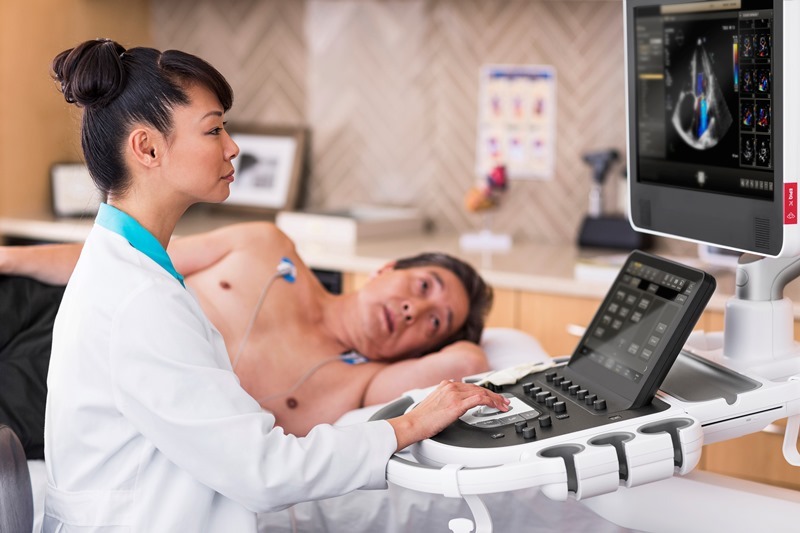
In Released 5.0, both EPIQ CVx and EPIQ CVxi come with automated applications for 2D assessment of the heart, 3D right ventricle volume and ejection fraction measurements, facilitating faster and easier accurate exams.
The new applications are expected to provide clinicians with the means to evaluate the heart’s function, increasing diagnostic confidence for patients with pulmonary hypertension, congenital heart disease, coronary disease and heart failure.
Philips said that its AutoStrain LV application makes use of advanced automatic view recognition technology to identify different views of the heart, and provides unique visualization and analysis of left ventricular function, crucial diagnostic information for patients at risk of developing cardiovascular disease.
In addition, AutoStrain LA and AutoStrain RV applications are capable of automating the measurement of left atrial and right ventricular longitudinal strain respectively.
The AutoStrain LV, LA and RV applications would support clinicians treating patients with atrial fibrillation, arrhythmia and other complex heart conditions, by creating reliable and reproducible strain measurements for the left ventricle, left atrium and right ventricle.
The company intends to unveil EPIQ CVx Release 5.0 together with its full suite of solutions for diagnosis and interventional guidance.
Philips cardiac ultrasound general manager David Handler “The complexity of cardiac exams can be a barrier to accessing high quality care. Philips is addressing this by leveraging Artificial Intelligence to make echo exams easier, faster and more reproducible.
“By incorporating advanced automation, there is less variability between scans, leading to accurate treatment decisions which benefits patients. The new release of EPIQ CVx is a major step forward, reducing the number of touches of the system by 21% in each exam, which is equivalent to more than 400 exams each year.”
The 3D Auto RV application segments are capable of identifying the borders and aligning the views of the right ventricle, and enables clinicians to carry out the quantification and check the measurements within 15 seconds.
The new applications would expand on the advanced automation applications already available on the EPIQ CVx platform, including Dynamic HeartModel, which provides a clear vision of the heart’s chambers and how well they are pumping blood – specifically on the left side, where heart failure often begins.






